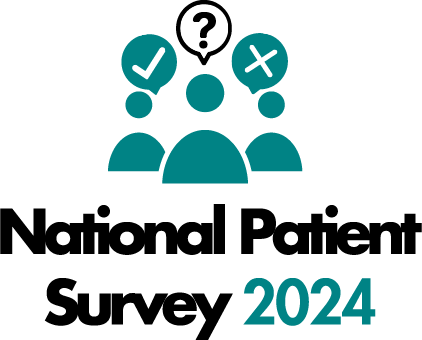More about treatment add-ons
Find what treatment add-ons are and what the traffic light ratings mean in more detail.
 Our National Patient Survey 2024 report is now live. Thank you to all those that shared their experiences. Read our report here.
Our National Patient Survey 2024 report is now live. Thank you to all those that shared their experiences. Read our report here.Following an annual review of the quality of evidence for the most commonly offered treatment add-ons by our Scientific and Clinical Advances Advisory Committee and an independent expert in systematic reviews and evidence assessment, the rating for PGS, also known as aneuploidy screening or PGT-A, on day five embryos has been changed from amber to red, meaning that there is no evidence to show that the treatment is effective and safe.
What is PGS
PGS involves checking embryos for abnormalities in the number of chromosomes. Embryos with an abnormal number of chromosomes (known as aneuploid embryos) have less chance of developing into a baby or, less commonly, may result in a baby being born with a genetic condition. PGS identifies aneuploid embryos that are unsuitable for fertility treatment. To do PGS, embryologists remove a cell, or if at a later stage, several cells, from the embryo, which is then tested for any chromosomal abnormalities. The embryo can still develop with fewer cells, as long as the removal of cells is done carefully.
Treatment add-ons traffic light ratings
To help patients better understand the effectiveness of treatments they might consider, we have developed a traffic light rating system for the most commonly offered treatment add-ons. The traffic light system was developed following growing evidence of treatment add-ons being offered to patients, without conclusive evidence that any of them increase the chance of pregnancy.
Find what treatment add-ons are and what the traffic light ratings mean in more detail.
Read the full consensus statement on the responsible use of treatment add-ons.
Publication date: 18 December 2019
Review date: 18 December 2021